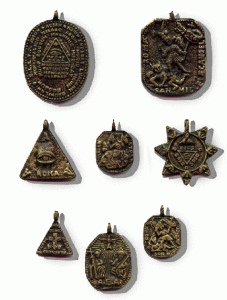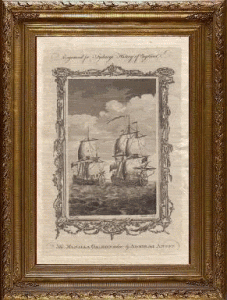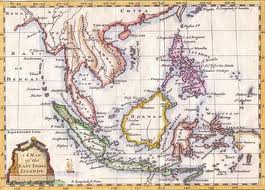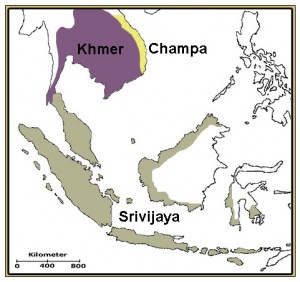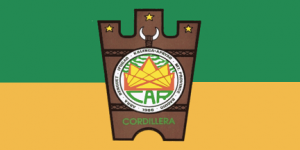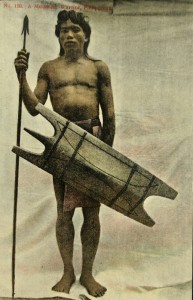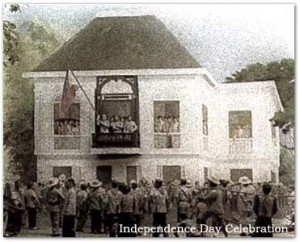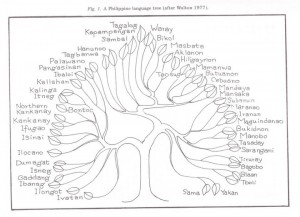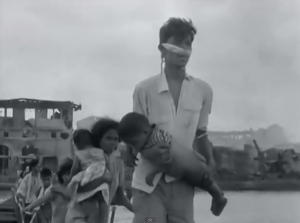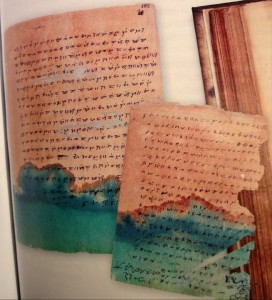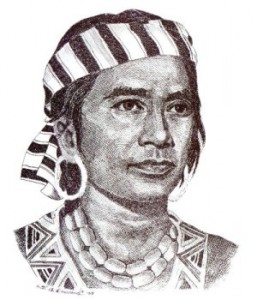
Datu Lapu-Lapu/Kolipulako (1491-1542) Lapu-Lapu is considered one of the greatest figures of ancient Philippine history. Although the first thing that usually comes to mind when the name of Lapu-Lapu is mentioned is the fact that his battle with Magellan led to Magellan's death, Lapu-Lapu was not honored because of that. Rather, he is honored because he was among the first to reject submission to a foreign power even though Raja Humabon, ruler of the neighboring island of Cebu, and other chiefs recognized the king of Spain as their ruler and agreed to pay tribute. Chief Lapu-Lapu's (1491-1542) other name is Kolipulako. The hero of Mactan and conqueror of Magellan, is described as stern, proud, intelligent, unyielding. He waged continuous war against the powerful ruler of Cebu, then a very much greater kingdom than his little island of Maktang. Of him, President Gullas of the University of the Visayas writes: Lapu-Lapu is a good example of determination and willingness to work well. He learned how to ride on a horseback and on carabao proficiently at the age of six years; knew how to read and write at seven; boxed well at nine; became a champion swimmer, boxer and wrestler at eighteen; beat the Bornean marauders and pirates twice at twenty'. In the lives of men who have almost become legendary one finds it diffucult to separate fact from fiction. This must be true in the case of the material quoted above. History has it that Mactan Island although small was a thriving community when the great Magellan was in Cebu. The brave Spanish navigator and soldier, upon learning that some inhabitants on this tiny island across Cebu refused to recognize the King of Spain, burned one of the villages. Lapu-Lapu was one of he native leaders who refused to acknowledge the sovereignty of Spain over the Islands. When Magellan, with three boatloads of Spaniards and twenty boatloads of Cebuanos, went to Mactan to help a friendly chief, Lapu-Lapu and his men armed with native fighting elements, wooden shields, bows and arrows, lances, met them. The invading Spaniards and Cebuanos were driven back to their boats, but their brace leader, Magellan, met death in the hands of Lapu-Lapu. On what is believed to be the exact spot where Magellan fell and died, now stands an imposing monument in honor of the gallant explorer. In the well-kept plaza of Opon, one of the two towns on Mactan Island, stands today an inspiring monument in honor of Lapu-Lapu, considered the first Filipino to have repelled European aggression. The battle between Mactan Island Chieftain Lapu-Lapu and the Foreign aggressor Ferdinand Magellan occurred in April 27, 1521. It depicts the hero holding a bolo in one hand and a pestle on the other. Said weapons were believed to have been used during his combat with Magellan. This monument stands as a reminder of Filipino bravery. The historic battle for Mactan (Kadaugan sa Mactan) is re-enacted each year on the beach at Magellan Bay by amateur actors, providing a sponsor can be found. The Tourist Office should be able to provide you with up-to-date information. Lapu Lapu Comic by Francisco V. Coching … [Read more...]
